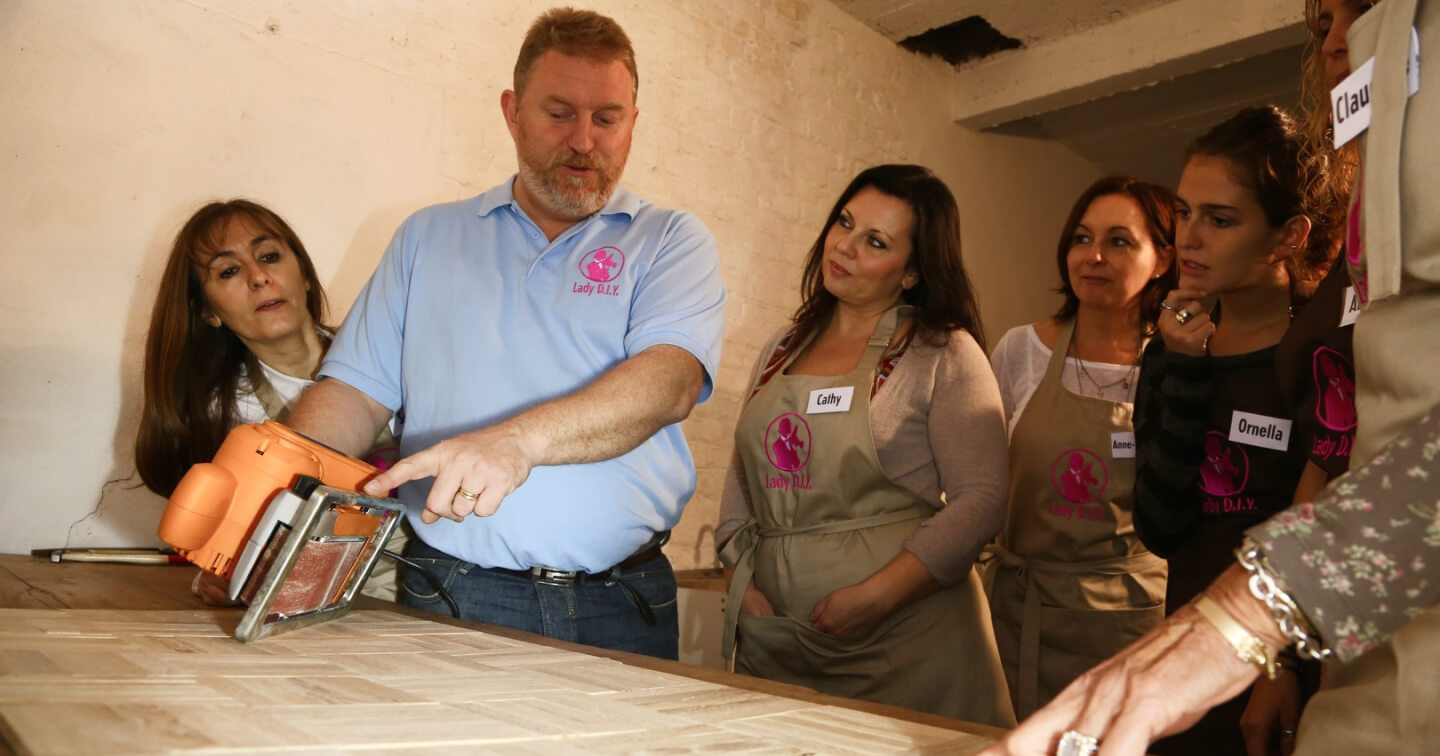Residential installation refers to the process of installing electrical systems, components, and equipment in homes and residential buildings. Here are some key aspects:
Key Components of Residential Installation
- Wiring and Cabling: Installing electrical wiring and cabling to connect power sources, switches, outlets, and lighting fixtures.
- Electrical Panel Installation: Installing electrical panels, circuit breakers, and fuses to distribute power throughout the residence.
- Lighting Installation: Installing lighting fixtures, such as ceiling lights, table lamps, and outdoor lighting.
- Outlet and Switch Installation: Installing electrical outlets and switches to control power to appliances and lighting.
Benefits of Proper Residential Installation
- Safety: Proper installation ensures electrical safety, reducing the risk of electrical shocks, fires, and other hazards.
- Reliability: Well-installed electrical systems provide reliable power, reducing downtime and increasing convenience.
- Energy Efficiency: Proper installation can help reduce energy consumption and costs by ensuring efficient use of electrical power.
- Code Compliance: Residential installation must comply with local electrical codes and standards, ensuring safety and avoiding potential fines or penalties.
Best Practices for Residential Installation
- Hire Licensed Electricians: Ensure that electrical work is performed by licensed and experienced electricians.
- Follow Electrical Codes: Comply with local electrical codes and standards to ensure safety and avoid potential issues.
- Use Quality Materials: Use high-quality electrical materials and components to ensure reliability and durability.
- Test and Inspect: Test and inspect electrical systems to ensure they are functioning properly and safely.
By prioritizing proper residential installation, homeowners can enjoy safe, reliable, and efficient electrical systems.

